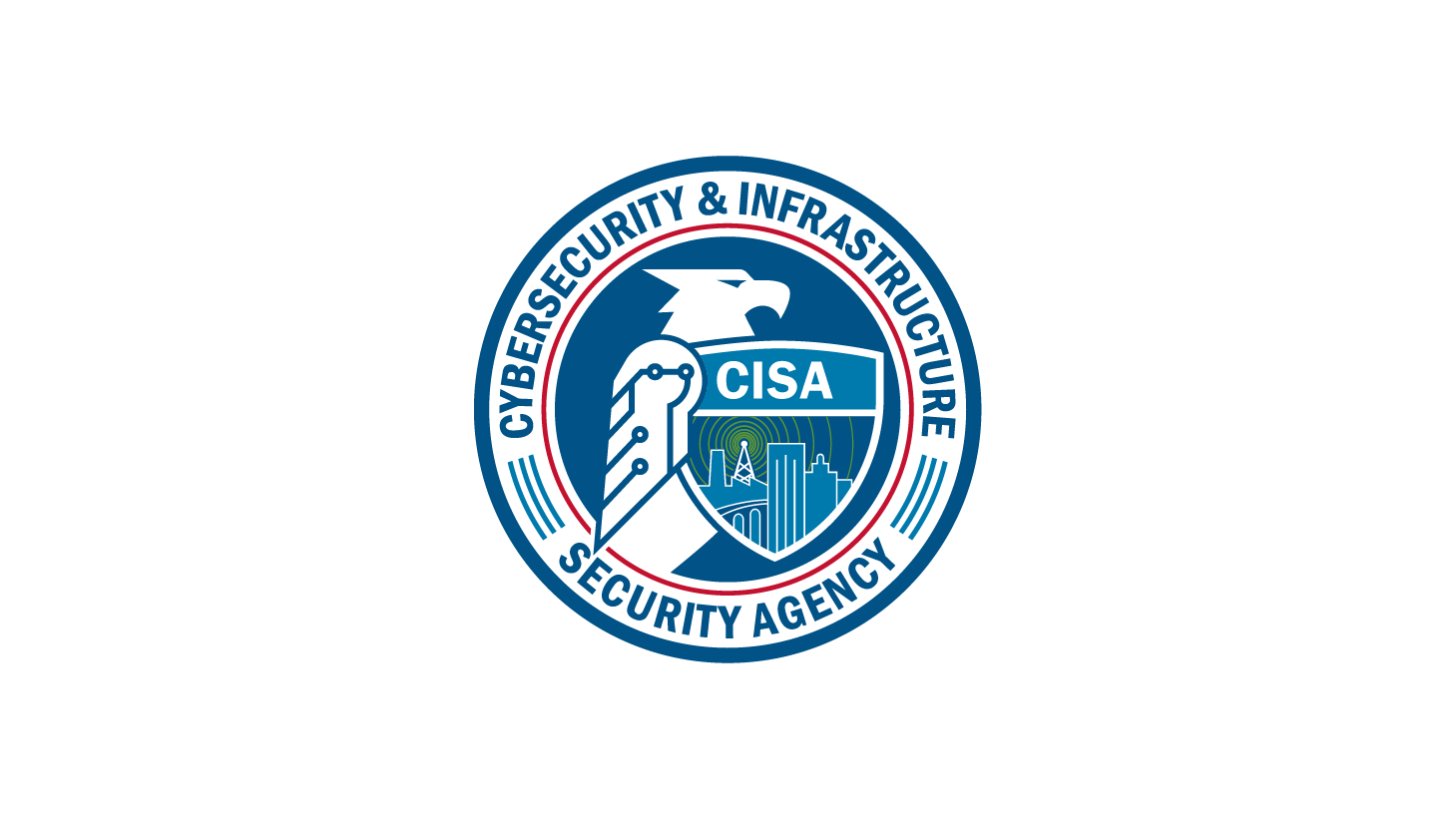Sample Goals and Objectives

Sample Goals and Objectives
Communities should set clear goals and objectives for critical infrastructure resilience that align to their community vision.
Community goals and objectives provide a strategic direction for policy, planning, and investment decisions related to critical infrastructure resilience. These goals and objectives should flow from analysis of the critical infrastructure within the community as well as an understanding of the risks associated with them.
|
Goals are broad statements that describe a desired end state, what the community seeks to achieve through implementing resilience solutions for critical infrastructure. Objectives are specific, measurable statements that support the achievement of a goal. |
Provided below are example goals and objectives for critical infrastructure resilience within a community. In this example, a community has conducted infrastructure identification and prioritization and risk analysis for those facilities. During this process, the community found that flooding and aging and failing infrastructure—especially in the transportation, water, and dams sectors—represented key risks for the community. They also determined that maintaining operations at emergency facilities— including shelters, hospitals, and dispatch centers—and the central business district were critical to achieving the community vision.
Example
Vision: Promote growth and serve as a regional economic hub while ensuring the safety and security of our citizen’s lives and property.
Goals:
Goal 1 - Prevent Deterioration of Critical Infrastructure
- Objective 1.1: Conduct analysis to identify failure points in current critical transportation, water, and dams systems
- Objective 1.2: Strengthen water, transportation, and dams systems by conducting upgrades at potential failure points
- Objective 1.3: Incorporate resilience as a factor in short and long-term processes for capital improvement decision-making
Goal 2 - Reduce hazard exposure for critical facilities
- Objective 2.1: Reduce flood risk to critical facilities and systems in the 500-year floodplain
- Objective 2.2: Identify interdependencies that could result in cascading failure within and across infrastructure systems
- Objective 2.3: Conduct analysis to understand how hazard exposure will change within the community over the next 50 years
Goal 3 - Plan for rapid restoration of lifeline services
- Objective 3.1: Ensure shelters, medical facilities, and emergency management facilities can operate with minimal interruption during an incident
- Objective 3.2: Establish benchmarks for lifeline service restoration to critical facilities, the central business district, and the population at large
- Objective 3.3: Conduct exercises for lifeline services to identify corrective actions and inform planning
Goal 4 - Establish mechanisms for incorporating resilience into planning
- Objective 4.1: Incorporate consideration of critical infrastructure resilience into long term comprehensive planning and economic development planning as they are updated or modified
- Objective 4.2: Incorporate critical infrastructure resilience responsibilities into the job description of one member of the planning staff




